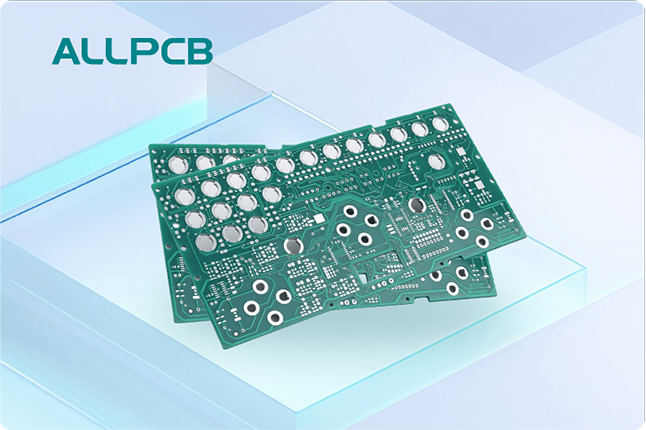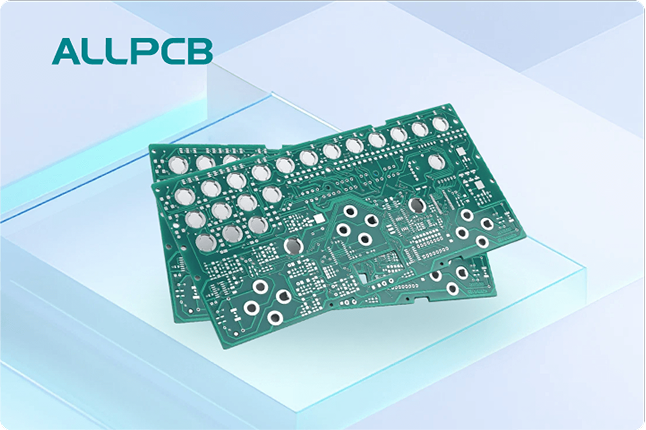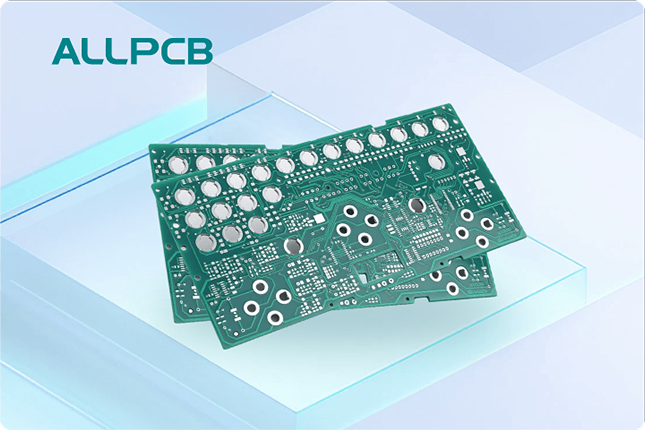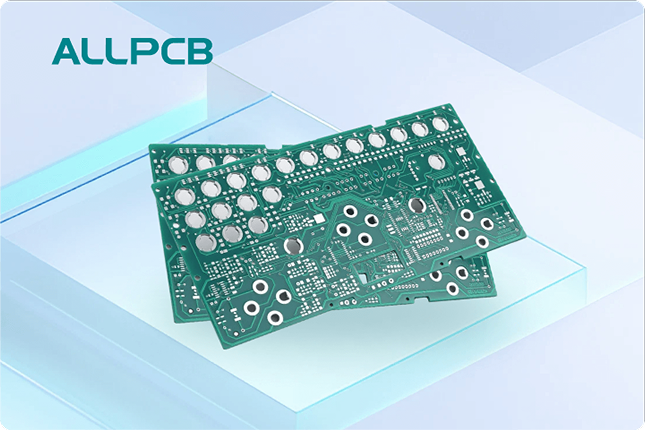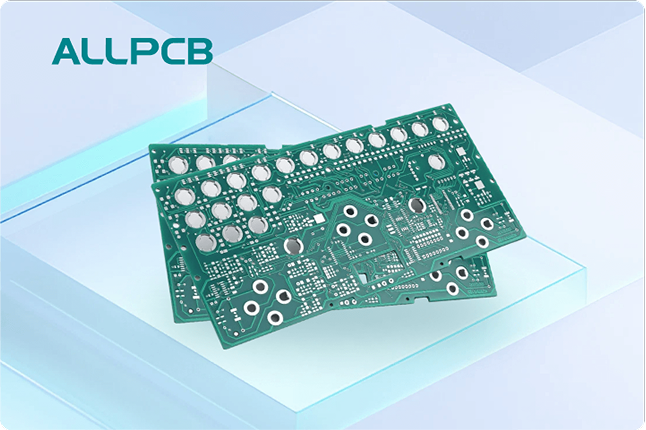If you're looking for reliable ways to ensure the quality of High-Density Interconnect (HDI) PCBs, you've come to the right place. HDI PCB testing is critical for guaranteeing performance in compact, high-performance electronics. In this guide, we'll dive into key inspection methods like Automated Optical Inspection (AOI) for HDI, X-ray inspection for HDI, electrical testing for HDI, and impedance testing for HDI. These techniques help catch defects early, ensuring your boards meet the strict demands of modern applications.
Whether you're an engineer designing cutting-edge devices or a manufacturer aiming for zero defects, understanding these testing methods will help you achieve high-reliability HDI PCBs. Let's explore each approach in detail, breaking down how they work, why they matter, and how they contribute to the overall quality of your boards.
What Are HDI PCBs and Why Is Testing Crucial?
High-Density Interconnect (HDI) PCBs are advanced circuit boards designed to pack more components into smaller spaces. They use fine lines, microvias, and multiple layers to achieve high wiring density, making them ideal for smartphones, medical devices, and aerospace systems. However, their complexity also means that even tiny defects—like a misaligned via or a broken trace—can lead to catastrophic failures.
Testing HDI PCBs is not just a step in the process; it's a necessity. With line widths often below 75 micrometers and via diameters as small as 50 micrometers, errors are harder to spot and can cause signal loss or complete board failure. Rigorous inspection ensures that these boards perform reliably under high-speed and high-frequency conditions. Let's look at the top testing methods used to achieve this level of reliability.
Automated Optical Inspection (AOI) for HDI PCBs
Automated Optical Inspection, or AOI, is one of the most widely used methods for HDI PCB testing. This technology uses high-resolution cameras and advanced software to scan the surface of the board for visible defects. AOI for HDI is particularly effective because it can detect issues like missing components, solder defects, and trace misalignments with precision.
In an AOI system, the PCB is illuminated under different lighting conditions while cameras capture detailed images. These images are then compared to a reference design or "golden board" to identify discrepancies. For HDI boards, AOI systems are often tuned to detect defects as small as 25 micrometers, ensuring even the tiniest flaws are caught early in the manufacturing process.
The benefits of AOI for HDI include speed and accuracy. A typical AOI machine can inspect hundreds of boards per hour without human intervention, reducing labor costs and minimizing errors. However, AOI is limited to surface-level defects and cannot inspect internal layers or hidden connections, which is where other methods come into play.
X-Ray Inspection for HDI PCBs
X-ray inspection for HDI is a powerful method for examining the internal structure of these complex boards. Unlike AOI, which focuses on the surface, X-ray systems penetrate the PCB to reveal hidden defects such as voids in solder joints, misaligned vias, or internal layer delamination. This non-destructive technique is essential for HDI boards, where microvias and buried connections are common.
There are two main types of X-ray inspection used for HDI PCBs: 2D and 3D. 2D X-ray provides a flat image of the board, useful for spotting obvious internal issues. 3D X-ray, often called Computed Tomography (CT), creates a detailed three-dimensional model, allowing engineers to analyze the board layer by layer. For instance, 3D X-ray can detect a void in a solder joint that measures just 10 micrometers in diameter—a defect that could compromise reliability in high-frequency applications.
X-ray inspection for HDI is especially critical in industries like aerospace and medical, where board failure is not an option. While this method is highly effective, it requires specialized equipment and trained operators, making it more costly than AOI. Still, the investment is worth it for high-reliability applications.
Electrical Testing for HDI PCBs
Electrical testing for HDI is a cornerstone of ensuring functionality. This method verifies that the board's circuits work as intended by checking for continuity, shorts, and open circuits. Given the dense layout of HDI PCBs, electrical testing is vital to confirm that signals can travel through fine traces and microvias without interruption.
Two common types of electrical testing for HDI are In-Circuit Testing (ICT) and Flying Probe Testing. ICT uses a bed-of-nails fixture to make contact with test points on the board, running a series of electrical checks in seconds. It’s highly efficient for large production runs but requires custom fixtures for each board design. Flying Probe Testing, on the other hand, uses movable probes to test various points on the board. It’s more flexible and ideal for prototypes or small batches of HDI PCBs, though it’s slower than ICT.
For high-reliability HDI PCBs, electrical testing often includes checking signal integrity at high frequencies. For example, a board designed for 5G applications might be tested to ensure it supports signal speeds up to 10 GHz without significant loss. This level of precision ensures the board performs under real-world conditions.
Impedance Testing for HDI PCBs
Impedance testing for HDI is a specialized form of electrical testing focused on ensuring consistent signal transmission. In high-speed circuits, impedance mismatches can cause signal reflections, leading to data errors or system failures. HDI PCBs, with their fine traces and tight spacing, are particularly sensitive to impedance issues, making this test critical for high-frequency applications.
Impedance testing typically uses a Time Domain Reflectometer (TDR) to measure the characteristic impedance of traces on the board. For instance, a common target impedance for high-speed digital signals might be 50 ohms, with a tolerance of ±10%. If a trace’s impedance falls outside this range—say, at 60 ohms—it could disrupt signal integrity, especially in applications like DDR memory or USB 3.0 interfaces.
To achieve accurate impedance, manufacturers often control factors like trace width, dielectric thickness, and material properties during fabrication. Impedance testing for HDI verifies that these parameters are within spec, ensuring reliable performance. This method is essential for industries where signal accuracy is non-negotiable, such as telecommunications and automotive electronics.
Other Essential Testing Methods for HDI PCBs
Beyond the core methods discussed, several other techniques contribute to high-reliability HDI PCB testing. These include:
- Functional Testing: This simulates real-world operating conditions to ensure the HDI PCB performs as expected in its final application. For example, a board for a medical device might be tested for continuous operation over 48 hours at specific temperature ranges.
- Burn-In Testing: This method subjects the board to elevated temperatures and voltages for an extended period (often 24-72 hours) to identify early failures. It’s especially useful for HDI PCBs in mission-critical systems.
- Thermal Cycling: This tests the board’s ability to withstand temperature fluctuations, which is crucial for HDI PCBs used in harsh environments like automotive or aerospace.
Each of these methods adds a layer of assurance, ensuring that HDI PCBs meet the stringent demands of modern electronics.
Challenges in HDI PCB Testing and How to Overcome Them
Testing HDI PCBs comes with unique challenges due to their complexity. For instance, the small size of microvias can make it difficult to detect internal defects, even with X-ray inspection. Additionally, the high density of components increases the risk of false positives during AOI, as shadows or reflections can mimic defects.
To overcome these challenges, manufacturers often combine multiple testing methods. For example, using AOI for surface defects, X-ray for internal issues, and electrical testing for functionality provides comprehensive coverage. Investing in advanced equipment with higher resolution and sensitivity also helps. Finally, maintaining strict process controls during fabrication reduces the likelihood of defects, making testing more effective.
Why High-Reliability Matters for HDI PCBs
High-reliability HDI PCBs are not just about meeting specs; they’re about ensuring safety and performance in critical applications. A failure in an HDI PCB used in a pacemaker, for instance, could be life-threatening. Similarly, a defect in an aerospace control system could lead to mission failure. Testing methods like AOI, X-ray inspection, electrical testing, and impedance testing for HDI work together to eliminate these risks.
By prioritizing rigorous testing, manufacturers can achieve near-zero defect rates, often targeting failure rates as low as 1 part per million (PPM). This level of reliability builds trust with customers and ensures that HDI PCBs perform flawlessly, even in the most demanding environments.
Conclusion: Building Trust with Robust HDI PCB Testing
Testing and inspection are the backbone of high-reliability HDI PCBs. Methods like Automated Optical Inspection (AOI) for HDI, X-ray inspection for HDI, electrical testing for HDI, and impedance testing for HDI each play a unique role in catching defects and ensuring performance. By combining these techniques, manufacturers can deliver boards that meet the tight tolerances and high expectations of modern electronics.
At ALLPCB, we understand the importance of quality in every layer of an HDI PCB. Our commitment to advanced testing methods ensures that your boards are built to last, no matter the application. Whether you're working on cutting-edge consumer gadgets or critical industrial systems, trust in thorough HDI PCB testing to bring your designs to life with unmatched reliability.
 ALLPCB
ALLPCB


